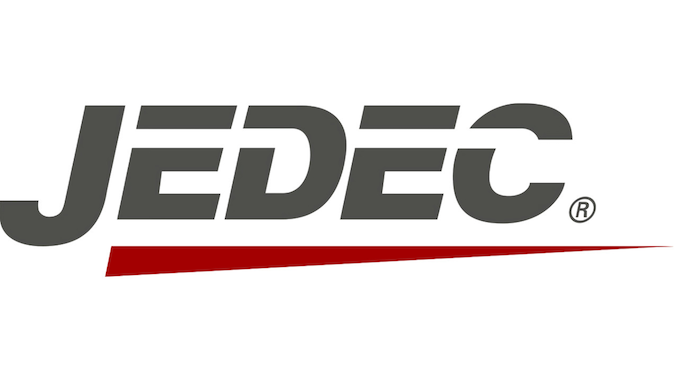I dunno! With the state of generative AI on one hand, and "neural shaders" on the other, it certainly seems possible. It's Nvidia's stated goal. But I think that's a couple leaps beyond where we are now.
The core idea of DLSS is: 3D video games have patterns. Those patterns exist across video games, and within a video game. These patterns exist because they are made by human artists, for human players, using hardware that simulates the way the real world works.
In classic rendering, an artist is trying to create a moving image using that hardware simulator of light and 3D objects. The resolution and frame rate of the Universe is very high, and your neurovisual system is highly trained to perceive it, and notice when something is off. It isn't practical to run any game engine at a resolution and frame rate of the Universe. In modern games there is detail and richness that is the artist's intent, lost behind the limitations of silicon.
And you can feel it missing! If I gave you a low res image, even if you're a non-artist, you could point to pixels that were wrong. Incorrect edges and aliasing. Fuzzy text that you could just barely read and ought to be sharp. Popping and fizzing pixels that ought to be fine strands of hair. You could likely correct some of these problems by hand, with a little help. All of this without talking to the artist, or knowing what's going on in the game engine.
Intuitively, it makes sense that a program, also trained on these patterns, could fill in the blanks too. If it can do it at a decent enough level of quality,
faster than running the simulation, then we have a performance win, a way to extend visual quality beyond the limits of the hardware.
That's what DLSS Upscaling does. It fills in pixels that are missing in a low resolution image. It uses training on Ultra High Res 3D scenes, and information about the video game you're currently playing (previous frames, data about how things are moving) to make its guesses.
This is what DLSS Frame Generation does. It takes two frames and fills out a middle frame like an
animation inbetweener.
This is what DLSS Ray Reconstruction does. It takes a couple points of light from a ray tracer and tries to infer what the same scene would look like with thousands of points of light.
In terms of how far neural rendering can go - all of these paths are still trying to uncover a "ground truth," what the game engine would generate if the settings were really as high as DLSS is trying to act like they are. The ground truth set by an artist - and it's inputs still need to be a crystal clear representation of the artists visual intent.
Right now, the best way to say what a visual artists wants is to have that artist create some visual art. Neural rendering may insert itself into deeper parts of the pipeline, but until there is a radical overhaul of the way the physical hardware works, some level of traditional rendering is always going to be necessary.








